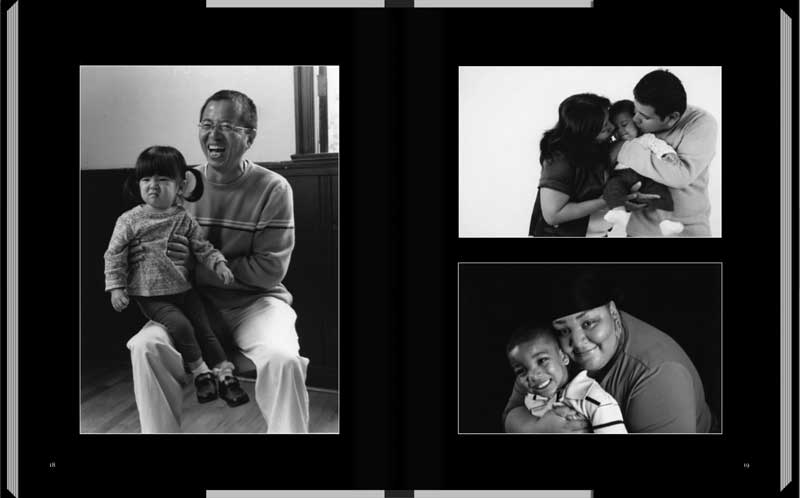Social justice is a cornerstone of Santa Clara University. All of the students volunteer several hours per week, whether they are studying business, engineering, or theater. This article presents an overview of some of the programs and their effects on the community and the students.
Standing with
Theater professor Aldo Billingslea explains,
“Santa Clara University is very big on solidarity. Standing with, not saying I’m here to help you. It’s not the high me here to lift low you sort of thing. It’s being in solidarity that both helps the community and makes bonds that uplift us all.”
Art is like magic 
“Art is like magic,” Psychologist Barbara Burns says. She has used photography as a tool to help people under tremendous amounts of stress express themselves more explicitly than they could using words alone.
“Art has been a savior for high-risk families,” she continues.
Using the arts involves both the expression of deep emotion and a transfer of power. What is private, troubling, stressful, or even joyful and loving gets transformed through the arts. When it is shared with others, those people are also transformed.
Photo voice
Burns has worked with teen, unwed mothers, using a method she calls photo voice to help them identify issues that cause stress. Participants in her workshops are asked to take photos of things that cause them anxiety. The exercise helps them identify the root of their emotional responses. One of the women she worked with took a photo of a bank cash machine. Another a photo of a person experiencing homelessness and forced to live on the streets. A woman who had been reluctant to participate, took a photo of the street corner where she had been assaulted. The bravery of the woman and the image she took moved Burns and the other women. Burns recalls:
“There was a moment of clarity and accomplishment –there was this sense of taking charge of your own life through photography.”
Recognizing privilege

Some of us were born into the world with more privileges than others. This can be a result of where we live, the color of our skin, our gender, or our economic class, to name a few. It can be hard to recognize how this privilege affects our lives because it feels normal. Santa Clara University photography professor Renee Billingslea uses photography to get her students to understand their own privileges.
Each year, Billingslea’s students take on a project that combines service, photography, and extended interactions with people they might not otherwise meet. Recently her students have worked in homeless shelters and nursing homes. Bllingslea cexplains that through the coursework and their time in the shelters and nursing homes, her students “start slowly recognizing their own privileges...”
Her photography students spend several weeks volunteering before they even take their cameras in to the shelters or nursing homes. They don’t catch residents by surprise. They schedule photo shoots, “Portrait Days,” with each person. The people photographed are in charge of their own images. This produces results that are powerful and surprising.
A book of portraits is available to purchase.
Brave women

Recent graduate Ariel Riojas-Bauer discusses her experience working on the international campaign One Billion Rising, designed to give voice to the large number of women who are victims of rape and violence. The school spent one week discussing issues of violence against women in an interdisciplinary program involving the dance, women and gender, English, film, and theater departments. The program included studying The Rape Poems by Frances Driscoll, a one-act play based on the the poems, films, and other events. Watching the play, and the responses of some of the students who had experienced violence themselves, Riojas-Bauer began to understand how violence had touched her own life. She states:
“Violence against women is a taboo issue. People are afraid at a Jesuit University of talking about rape openly…It’s not normal here to talk about rape even in a gender studies class.”
The “brave women” who spoke up after the performance encouraged Riojas-Bauer to reassess the experiences of her childhood friends who she had distanced herself from. She recognized that they had experienced rape and violence, not just a “mean boyfriend.” As a result of the week-long program, she learned to listen without judgment. What she learned helped her reconnect with a dear friend from her teen-aged years, whose behavior – she now realized – was not dismissive or disruptive, but the result of being unable to process the violence she had experienced.
Problems Get Solved
In the end, isn’t this what the arts do best? Enhance our capacity for compassion, give us new eyes to see the world around us, create connections between people and communities? As Karen Piemme of the Red Ladder Theater Company says about our own creativity,
“When that impulse is cherished and revered and nurtured and shared that’s when things get better and problems get solved.”
Featured image by Stephen Melkisethian, some rights reserved
